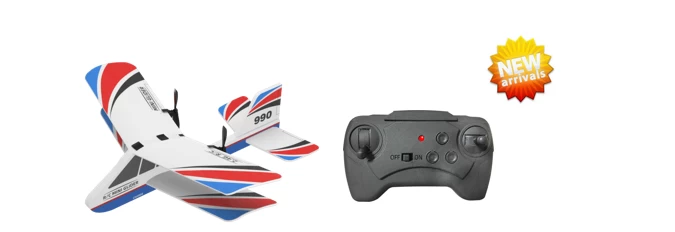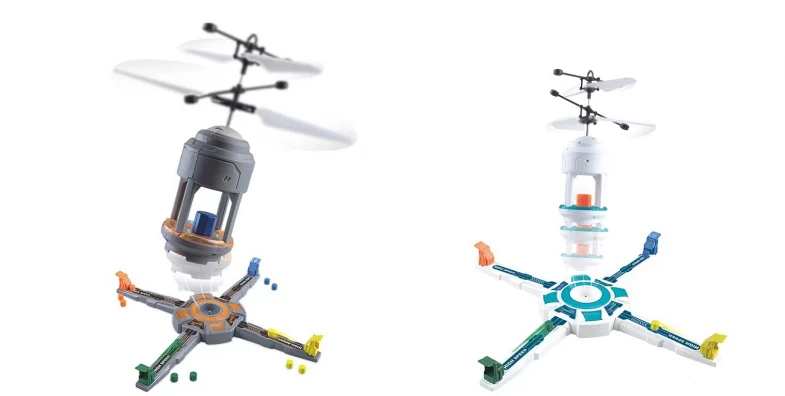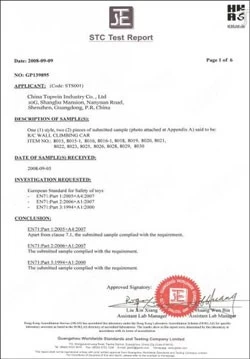Robotic 3D printer on wheels looks to fill the potholes of the future
cherry
2016-02-01 15:41:04
From filling potholes to repairing busted power lines, maintaining a city's infrastructure involves some serious man hours. This labor-intensive task has recently become the target of some?roboticists and engineers, who have set their sights on automating at least part of the process. Now startup Addibots is looking to get in on the action, wheeling out a roving 3D printing robot it imagines will scoot around town mending dodgy road surfaces.
Dreamt up by mechanical engineer and Harvard alumni Robert Flitsch, the Addibot is more than two years of research and development in the making. Where conventional 3D printing is generally limited to producing items of a specific size, restrained by the?device's build area, the Addibot team is aiming to break down these barriers to allow for infinite 3D printing possibilities.
In simple terms, the Addibot is a 3D printer mounted onto a moving robot. The thinking is that with the ability to move to any desired location, the Addibot can print larger objects, potentially on any scale. So rather than 3D printing in the conventional sense, where an object is created within a workspace and then removed for use, the Addibot approach is to reinvent that workspace by allowing the technology to operate in just about any environment where there's a flat surface.
The team's first prototypes were fitted with ink cartridges, intended to first demonstrate the Addibot's proof of concept in the 2D realm. And then because water possesses similar fluid characteristics to the printing inks, the team turned its attention to 3D output, repurposing the Addibot as an Ice Resurfacing machine to treat carved up ice skating rinks.
The upgrade involved adding a storage vessel, pump and heat exchanger to cool the water to just above freezing temperature. Once it reaches this point, the water is expelled onto cracks in the ice surface, freezing on contact in around 700 milliseconds. The Ice Resurfacing Addibot was tested on a real ice rink surface, with the team satisfied with the results and their proof of concept for mobile 3D printing.
While the team says there is many possibilities for Addibots in this space, it will initially focus on road engineering. To this end, it is now developing a new distribution array that can accommodate asphalt materials, with a view to tending to cracks, larger potholes and even the complete resurfacing of roads.
While maintaining roads in their current form is a worthy pursuit in itself, the company says that its technology could also pave the way for more advanced roadways in the future. The thinking is that o keep pace with advancements in transportation technologies, such as?electric cars, we will need to rethink how the roads themselves are fabricated. By bringing 3D printing into the mix, it claims Addibots would be able to blend conductive materials into roadways for transmission of electrical power, for example, or add sensors to allow communication between vehicles. They could also make for more robust roads by printing materials for added strength, such as carbon fiber.
The company says its first products will be unmanned autonomous units, but it eventually plans to offer a number of models in various sizes at different price points. These will range from small units you can rent from a home improvement store to pave a new driveway, to manned units for larger scale projects.
The video below gives an overview of the Addibot in its ice resurfacing form.
There's now one m? solar-electric velomobile on the road
5 PICTURES
Although?velomobiles?in general are a rather obscure class of vehicle, the human/solar-powered?Elf?is certainly one of the better-known recent examples. Inspired by its design and performance, Spanish startup evovelo recently put the finishing touches on the prototype of a similar vehicle, known as the m?. Like the Elf, it's propelled by pedal-power and/or an electric motor – and that motor is in turn powered by the sun.
The enclosed 85-kg (187-lb) tricycle seats two people side-by-side, plus it has room for things like bags of groceries or an infant seat.
Along with pedals it has a direct drive motor, the power of which can be adapted to meet legislation in different countries – it could range from 250 up to 1,500 watts. Besides receiving electricity from the rooftop photovoltaic panels, its 48V/15Ah battery pack can also be recharged via a sealed exterior charging port, or it can be removed and taken indoors to charge. According to evovelo, however, the sun should provide all the charge needed for "moderate use."
A regenerative braking system helps extend the vehicle's range, which is approximately 50 km (31 miles) in motor-only mode. Needless to say, that range can be extended if pedal-only or pedal-assist modes are used. The top electric-only speed will vary with the motor, although a top end of over 50 km/h (31 mph) is reportedly possible if it's set to 1,500 watts.
Dreamt up by mechanical engineer and Harvard alumni Robert Flitsch, the Addibot is more than two years of research and development in the making. Where conventional 3D printing is generally limited to producing items of a specific size, restrained by the?device's build area, the Addibot team is aiming to break down these barriers to allow for infinite 3D printing possibilities.
In simple terms, the Addibot is a 3D printer mounted onto a moving robot. The thinking is that with the ability to move to any desired location, the Addibot can print larger objects, potentially on any scale. So rather than 3D printing in the conventional sense, where an object is created within a workspace and then removed for use, the Addibot approach is to reinvent that workspace by allowing the technology to operate in just about any environment where there's a flat surface.
The team's first prototypes were fitted with ink cartridges, intended to first demonstrate the Addibot's proof of concept in the 2D realm. And then because water possesses similar fluid characteristics to the printing inks, the team turned its attention to 3D output, repurposing the Addibot as an Ice Resurfacing machine to treat carved up ice skating rinks.
The upgrade involved adding a storage vessel, pump and heat exchanger to cool the water to just above freezing temperature. Once it reaches this point, the water is expelled onto cracks in the ice surface, freezing on contact in around 700 milliseconds. The Ice Resurfacing Addibot was tested on a real ice rink surface, with the team satisfied with the results and their proof of concept for mobile 3D printing.
While the team says there is many possibilities for Addibots in this space, it will initially focus on road engineering. To this end, it is now developing a new distribution array that can accommodate asphalt materials, with a view to tending to cracks, larger potholes and even the complete resurfacing of roads.
While maintaining roads in their current form is a worthy pursuit in itself, the company says that its technology could also pave the way for more advanced roadways in the future. The thinking is that o keep pace with advancements in transportation technologies, such as?electric cars, we will need to rethink how the roads themselves are fabricated. By bringing 3D printing into the mix, it claims Addibots would be able to blend conductive materials into roadways for transmission of electrical power, for example, or add sensors to allow communication between vehicles. They could also make for more robust roads by printing materials for added strength, such as carbon fiber.
The company says its first products will be unmanned autonomous units, but it eventually plans to offer a number of models in various sizes at different price points. These will range from small units you can rent from a home improvement store to pave a new driveway, to manned units for larger scale projects.
The video below gives an overview of the Addibot in its ice resurfacing form.
There's now one m? solar-electric velomobile on the road
5 PICTURES
Although?velomobiles?in general are a rather obscure class of vehicle, the human/solar-powered?Elf?is certainly one of the better-known recent examples. Inspired by its design and performance, Spanish startup evovelo recently put the finishing touches on the prototype of a similar vehicle, known as the m?. Like the Elf, it's propelled by pedal-power and/or an electric motor – and that motor is in turn powered by the sun.
The enclosed 85-kg (187-lb) tricycle seats two people side-by-side, plus it has room for things like bags of groceries or an infant seat.
Along with pedals it has a direct drive motor, the power of which can be adapted to meet legislation in different countries – it could range from 250 up to 1,500 watts. Besides receiving electricity from the rooftop photovoltaic panels, its 48V/15Ah battery pack can also be recharged via a sealed exterior charging port, or it can be removed and taken indoors to charge. According to evovelo, however, the sun should provide all the charge needed for "moderate use."
A regenerative braking system helps extend the vehicle's range, which is approximately 50 km (31 miles) in motor-only mode. Needless to say, that range can be extended if pedal-only or pedal-assist modes are used. The top electric-only speed will vary with the motor, although a top end of over 50 km/h (31 mph) is reportedly possible if it's set to 1,500 watts.











